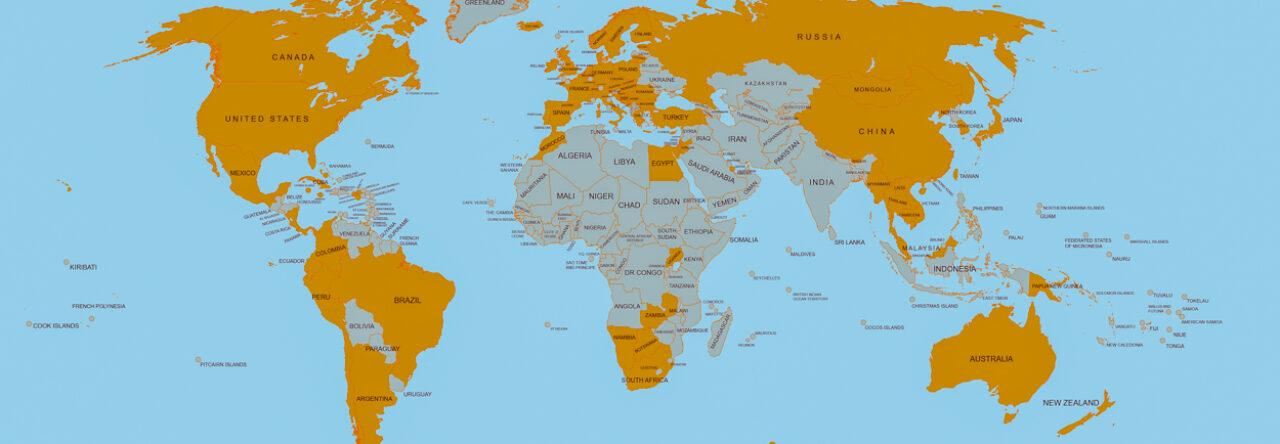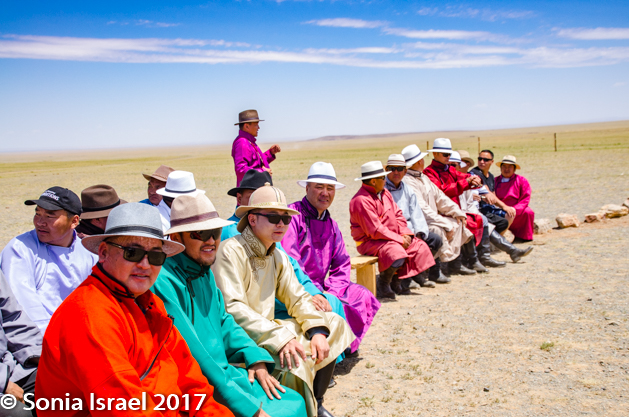National Geographic Trip to Mongolia, Saturday, Day 6, June 16, 2017
The Naadam Festival
The Naadam means ‘entertainment,’ ‘game,’ or fun,’ in Mongolian, and, when it first began centuries ago, was dedicated to the God of heaven and to the ancestors to plead for blessings. The Naadam originated as a military parade with sporting competitions following various occasions, including weddings or spiritual gatherings. Later it was used to train soldiers for battle. But it was always composed of the three main competitions – wrestling, horse racing and archery. Today the Naadam commemorates the 1921 revolution with the resulting independence from China. The fierce competition of the Naadam celebrates the skills needed to survive in the Gobi desert and the steppes surrounding it. The three main competitions, as mentioned above, are horsemanship, archery and wrestling, considered by locals “the three games of men (eriin gurvan naadam),” and called “Danshig” games. While it used to be only men competing, today you also see women in the horseracing and archery, and you see children in all three. And this age-old custom is celebrated with food, drinking and merriment. In general, it is individuals not teams who compete. Some also play games of shagai, sheep anklebones, that serve as game pieces and tokens of both divination and friendship (see Mongolia Day 1 for a description of this game).

